
cookalong
-
Posts
64 -
Joined
-
Last visited
Content Type
Profiles
Forums
Store
Help Articles
Posts posted by cookalong
-
-
But it's still consumed raw? No cooking needed?
-
A while back I had an outstanding beef tartare at a restaurant. It was topped with something I first thought was grated butter, but later I read that it was bone marrow. It was grated and very buttery, melt-in-your-mouth and worked very well with the beef. Any idea how I can create something like this at home? The only time I cooked with bone marrow (except for stocks), I soaked them for a day or so, pushed the marrow out of the bone, and fried them briefly with panko.
How would you go about making grated bone marrow? Is it enough to soak, push it out and perhaps freeze, or does it need to be cooked?
-
I tried my hands on sous vide lobster tail for the first time the other day. I killed the lobster, twisted the tails off, and briefly steeped them for two minutes to be able to take the meat of of the shell. I put the tails in the fridge for a couple of hours, after which I put the tail meat in a ziploc bag with some oil and got a pretty tight seal with water displacements (didn't want to crush the meat in the sealer). I cooked them for 22 minutes at 49 C. I increased the recommended cooking time (Modernist Cuisine) from 15 to 22 minutes, since I didn't want to take the chance of them being undercooked, and I figured maybe the seal wasn't good enough.
Anyway, I chilled them in iced water and once again refridgerated them (I brought them to a dinner party). To my surprise, they didnt really come out tender, there was no "melt in the mouth" or anything. They were okay to eat (with aioli), but I found them a bit chewy and almost a bit crunchy. What went wrong? From what I've read, 49 C (or even 46 C) should be perfect for lobster.
-
I've noticed the brown goo on the outside of long cooked meats as well. To me, it looks like coagulated protein - like if you took meat drippings and brought it to a boil - you'd see the same stuff. Definitely not harmful, and, as Nickrey pointed out a long time ago, you can fry in a little oil and it turns into fond which you can deglaze and make a nice pan sauce from.
I've tried to make stock from the liquid from bags, but when I reduce it, it doesn't taste good, almost a bit gamey.
Cookalong:
Id look for another source for bags.
cut your losses and write them off.
Yeah, I'm gonna find new bags. You think my shredded beef is okay though? I felt the inside of the bags and they were smooth. Made them to bring to work for lunch, so I really don't want to throw away the meat if I don't have to.
-
Btw, anyone who can share any light on the plastic exfoliating? The surface of the bags felt rough after 48 hours at 65 C. I briefly put the bags on the counter and when I removed them, I could see lots of tiny pieces of plastic on the counter, very small and very thin. The bags are of the brand Orved, they are made for sous vide, and should be okay to use for temperatures up to 115 C.
-
I haven't noticed any off flavours neither, just seems to be good practise to briefly dunk the bags in boiling water, from what I've read on this forum.
The meat itself was fine, it just looked funny on the surface. And it must definitely be pasteurized after 48 hours. -
Yes, it might very well be proteins on the surface, kind of like the white goo you can get when you cook un-salted salmon. I could scrape most of it away, but the surface was still a lot darker than the meat inside (which was a bit pink).
The reason for blanching the bags was to kill surface bacteria, from what I know it can produce off-flavours in beef.
Yeah, I shredded it while it was still hot (and cooked). It tasted fine by the way, very happy with the texture.
-
I decided a couple of days ago to make some pulled/shredded beef sous vide. I vacuum-sealed a few pieces of chuck, blanched the bags for a couple of seconds in boiling water, and cooked them for 48 hours at 65 C. When I took the meat out of the bags, I noticed that the surface of the meat looked pretty weird and dark, with an almost "soggy" layer of something. Is this normal, and what is it? (I don't sear the meat, I just shredd it with a fork).
Another question, since we're at it, I noticed that the surface of the bags were a bit un-even and wrinkled when I took them out of the water. Is this normal? According to the text printed on the bag, they should be fine in 115 C water.
-
Thanks! I just heated the luke-warm water, and seared it for a bit longer than I originally planned. But it would have been smart to dunk it in boiling water.
-
Quick food safety question. I was cooking a pretty thick piece of ribeye. Basically I put it in tepid water for an hour. I set the bath to 60C and planned to take it out once it reached 52C. For some reason, the circulator didn't start properly. I noticed this an hour later. At this point the water was at 36C, and the core temperature of the meat was 26C (from 4C in the fridge). Will it still be okay to bring it up to 52C, sear it, and eat? Is there any real risk of botulism? It was a pretty large and expensive piece, so I really don't wanna throw it away.
-
Friday and Saturday night:
Rack of lamb, lamb jus, onion-and-rosemary fluid gel, apples and a salad of green beans and radishes
Rack of venison, venison sauce, parsnip purée, beetroot and onions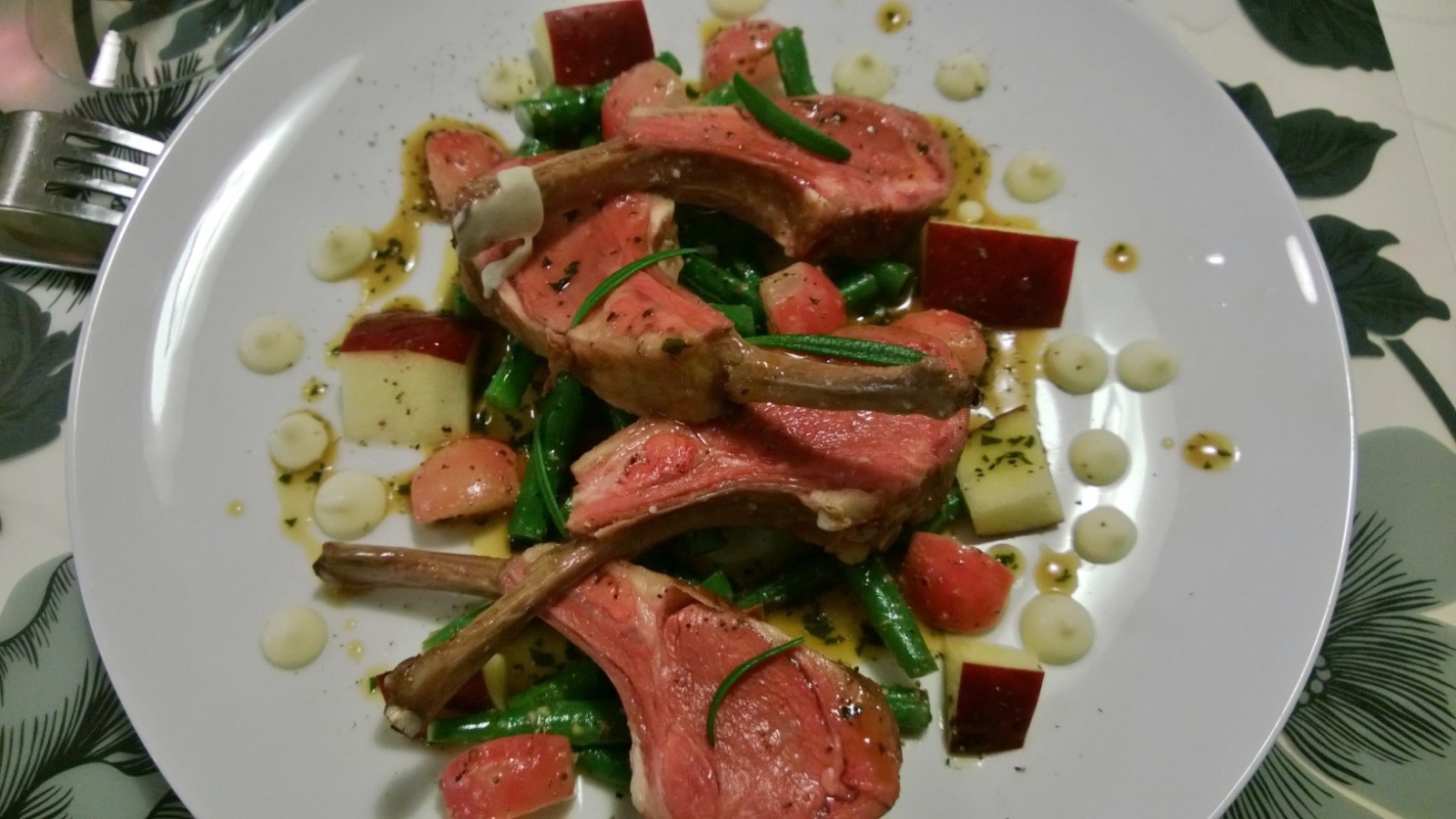
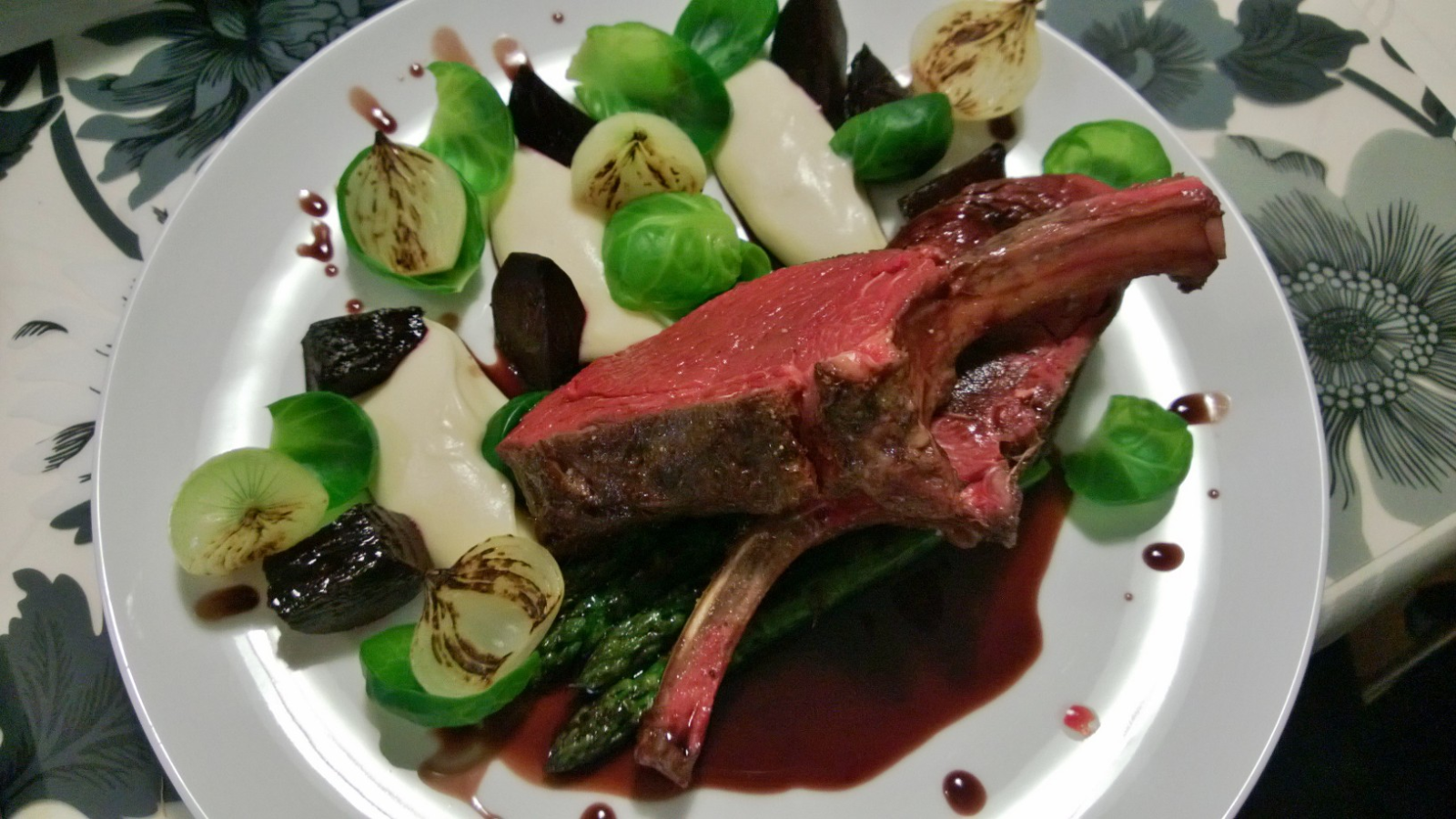
-
 6
6
-
-
Regarding botulism, what about meat that come vacuum sealed in the store? For instance, I purchased a pair of vacuum sealed duck breasts that (according to the label) will keep for a month. Why isn't botulism an issue here? The meat isn't even properly refridgerated in the store, and I'm sure someone, sometime, has left it out in room temperature for a long time or refridgerated it for months and months, without dying

-
Made lamb shank sous vide for the first time. Turned out really good! Served with rosmary-infused potato purée and a carrot fluid gel.
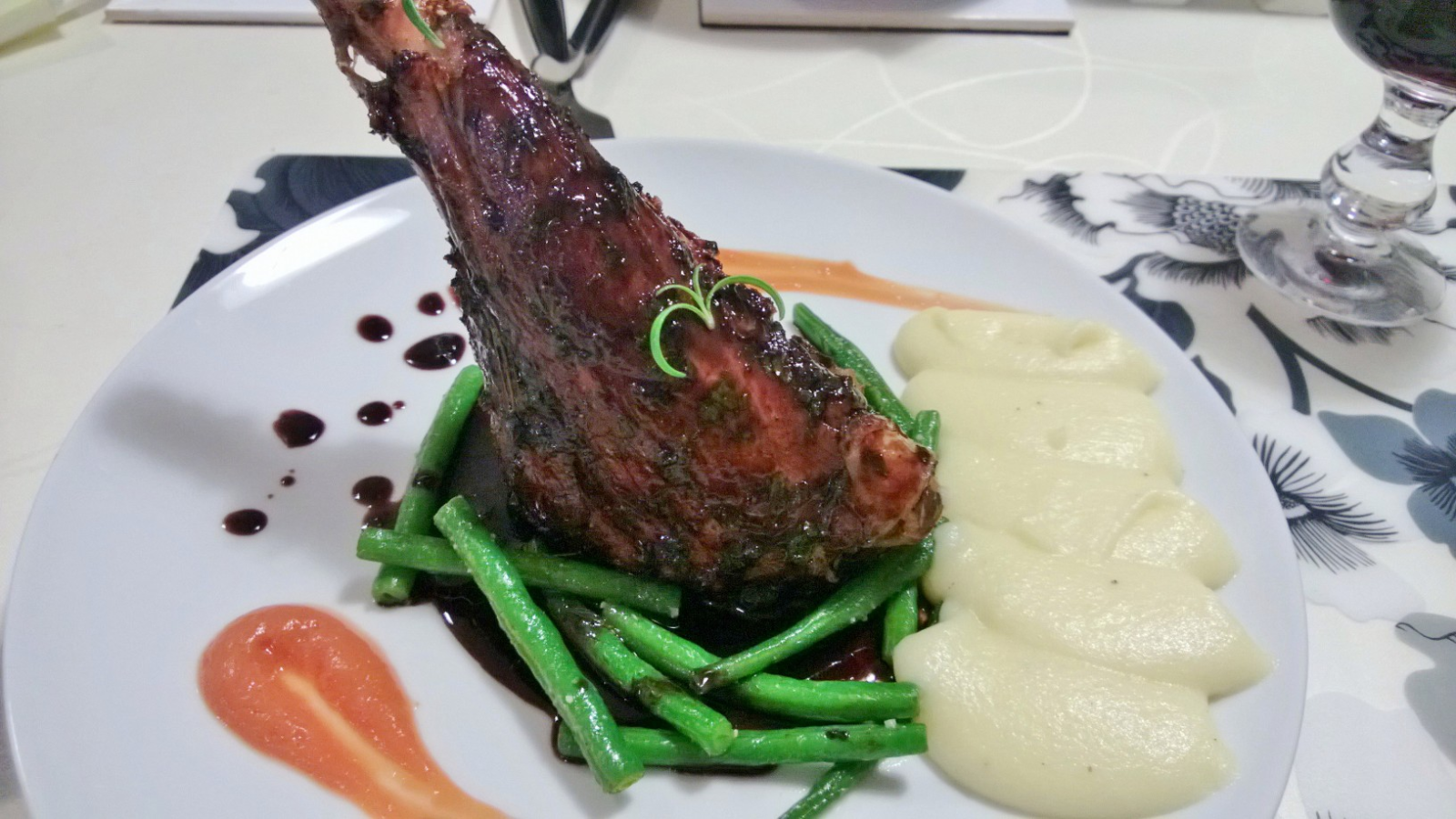
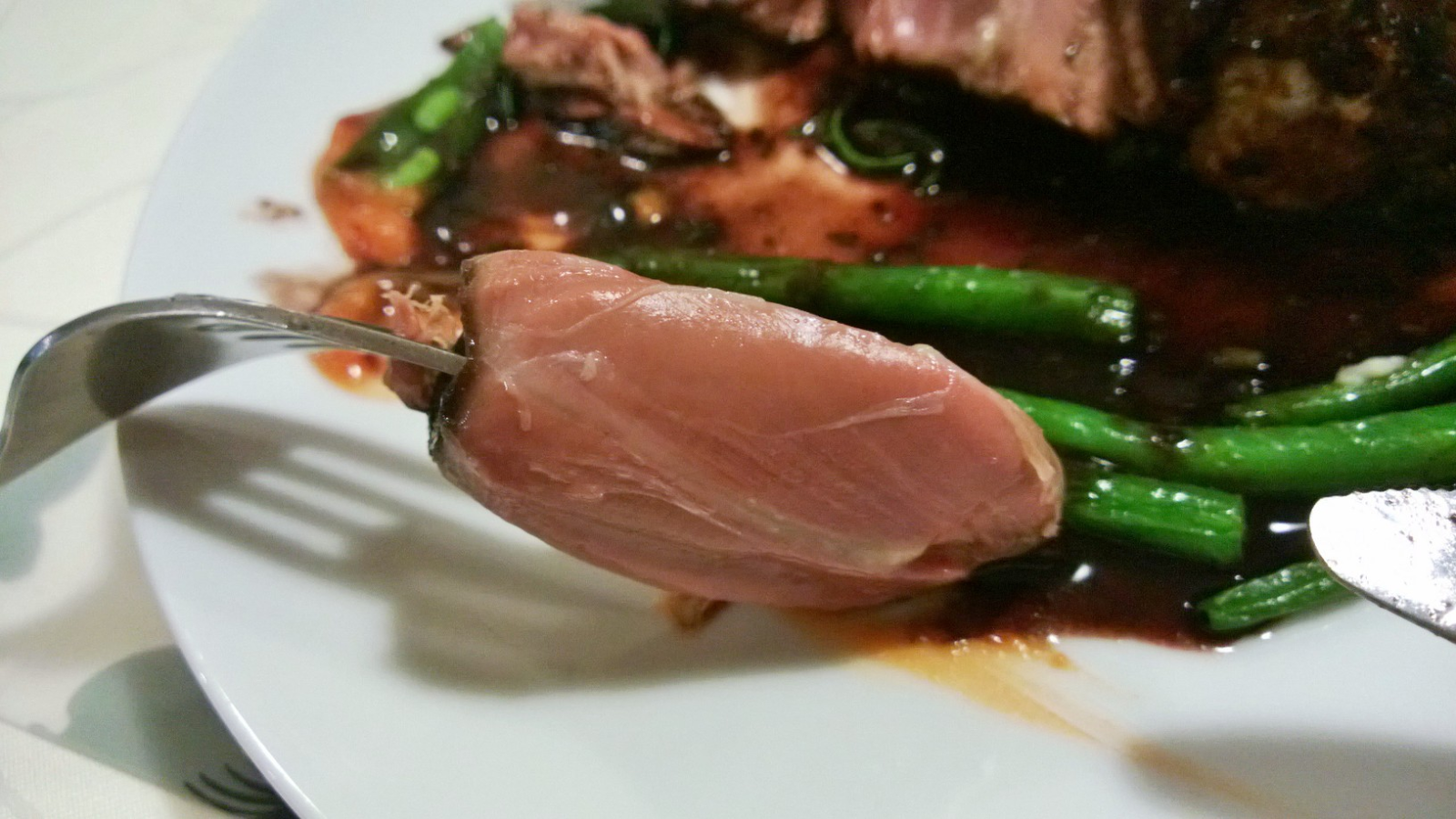
-
 1
1
-
-
For starter, caramelized carrot soup (MC at home version)
Main course was poached salmon, warm passion fruit sauce and some vegs
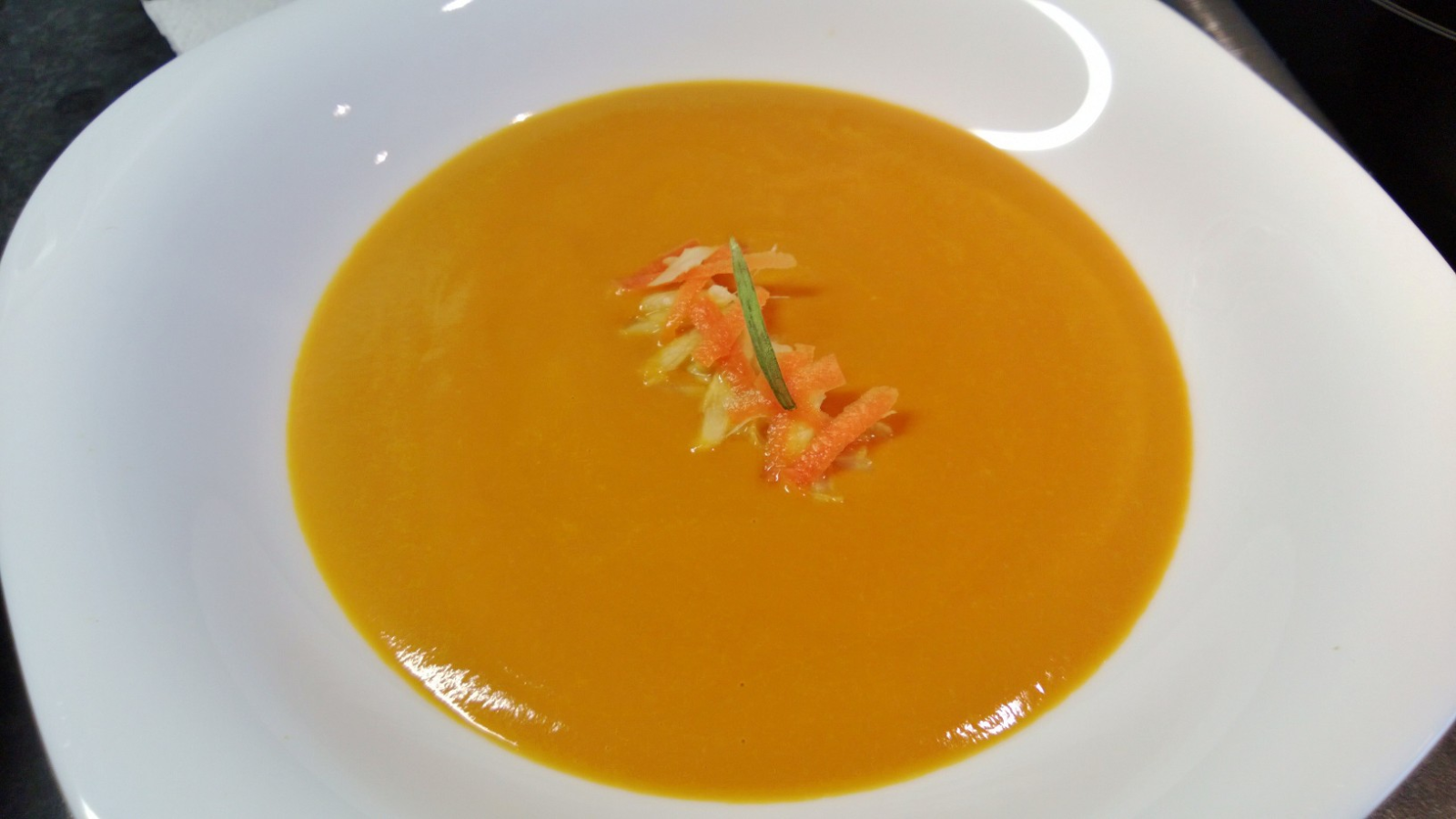
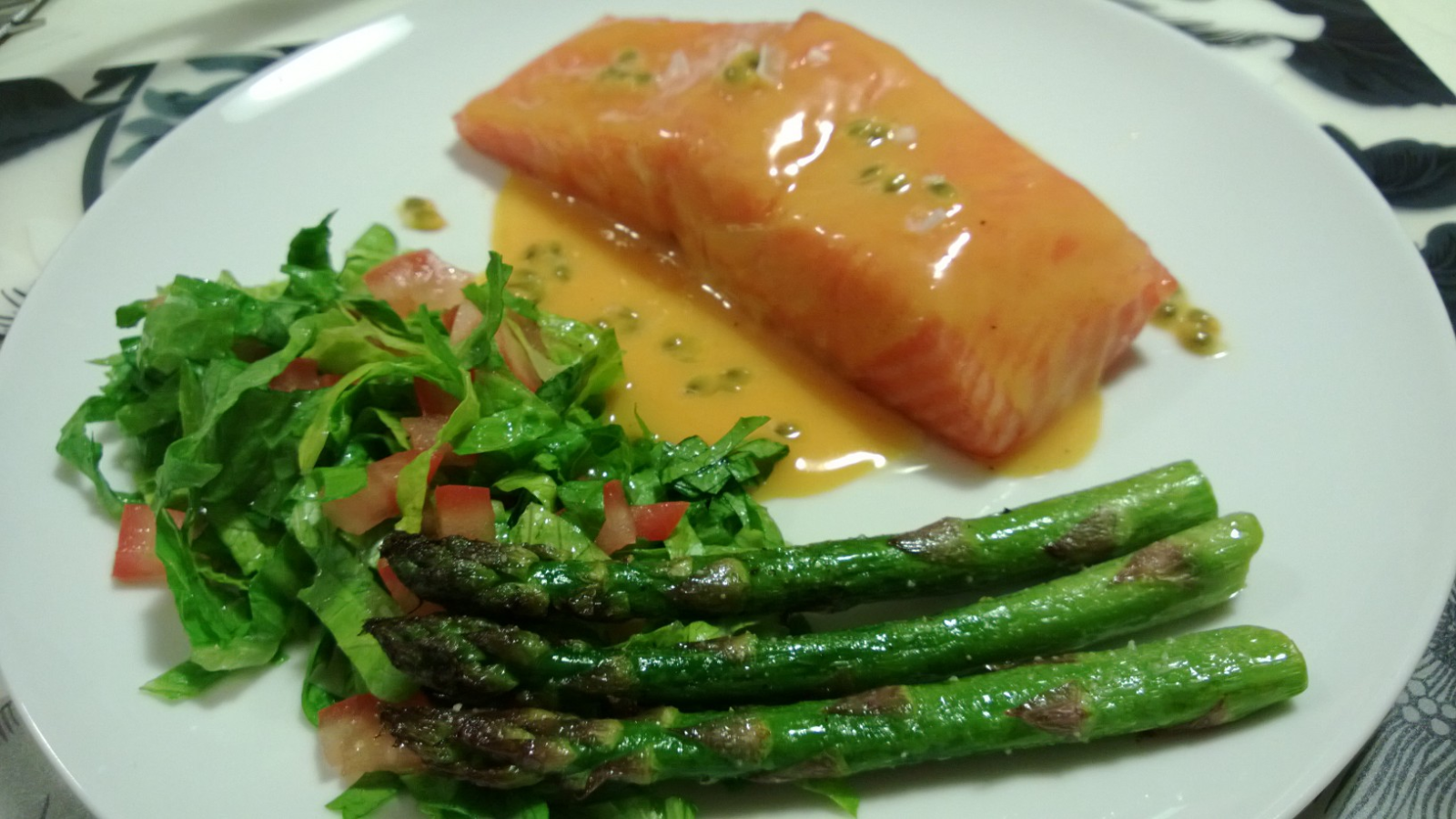
-
 1
1
-
-
It's quite common that beef, in particular, can taste/smell somewhat off after really prolonged cooking, due to surface bacterias. It happened to me once or twice. After that, I always briefly put the bag in really hot water before putting it in the waterbath (usually I put it in 80C for a couple of minutes). Haven't had any problems since I started doing that.
-
Saddle of lamb, lamb sauce, onions, flavoured oil, onion fluid gel. This was the first time I cooked lamb sous vide.
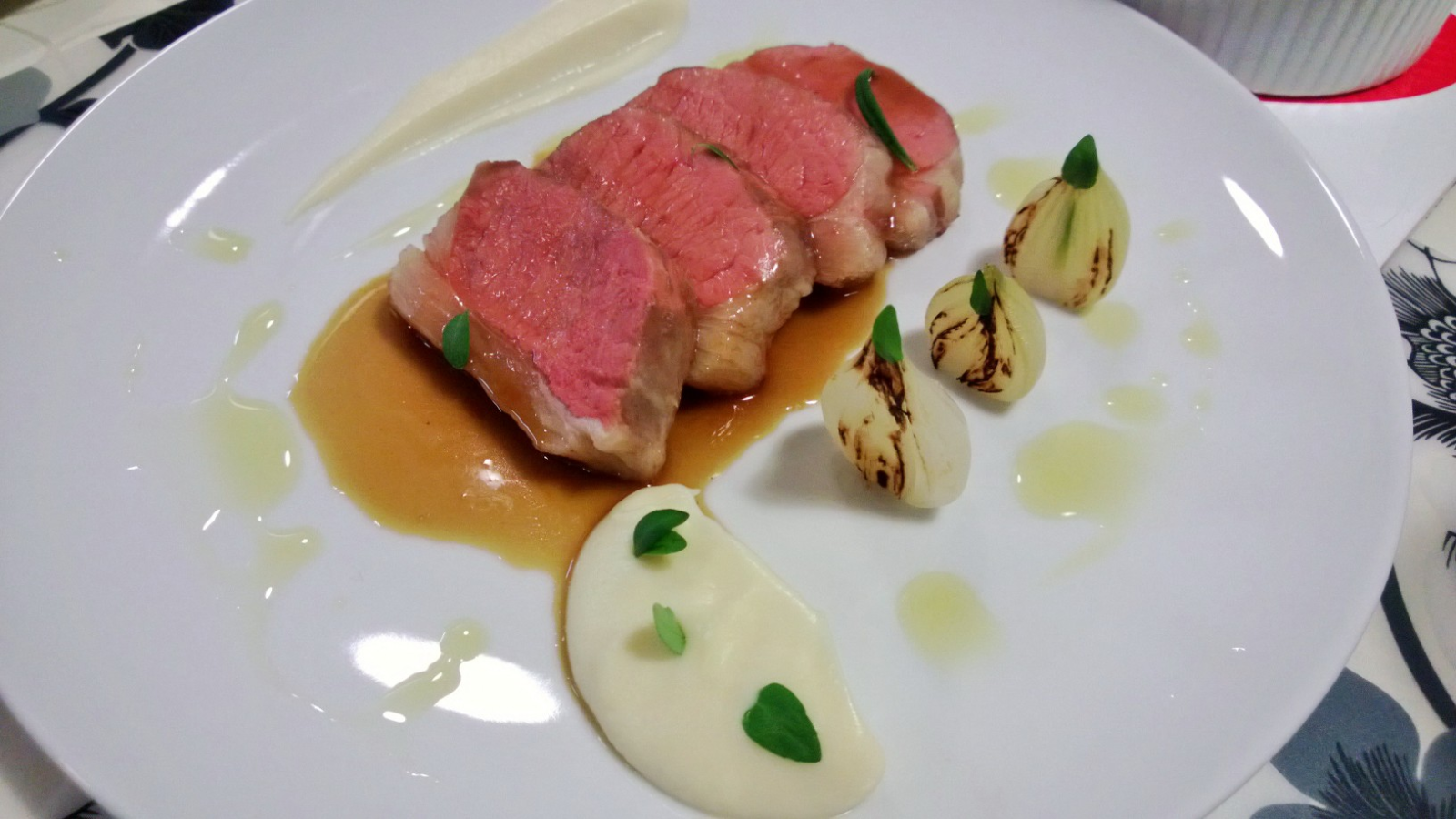
Side dish was a gratin of potatos (layers of finely sliced potatoes, onions, garlic, herbs and cream, topped with cheese)
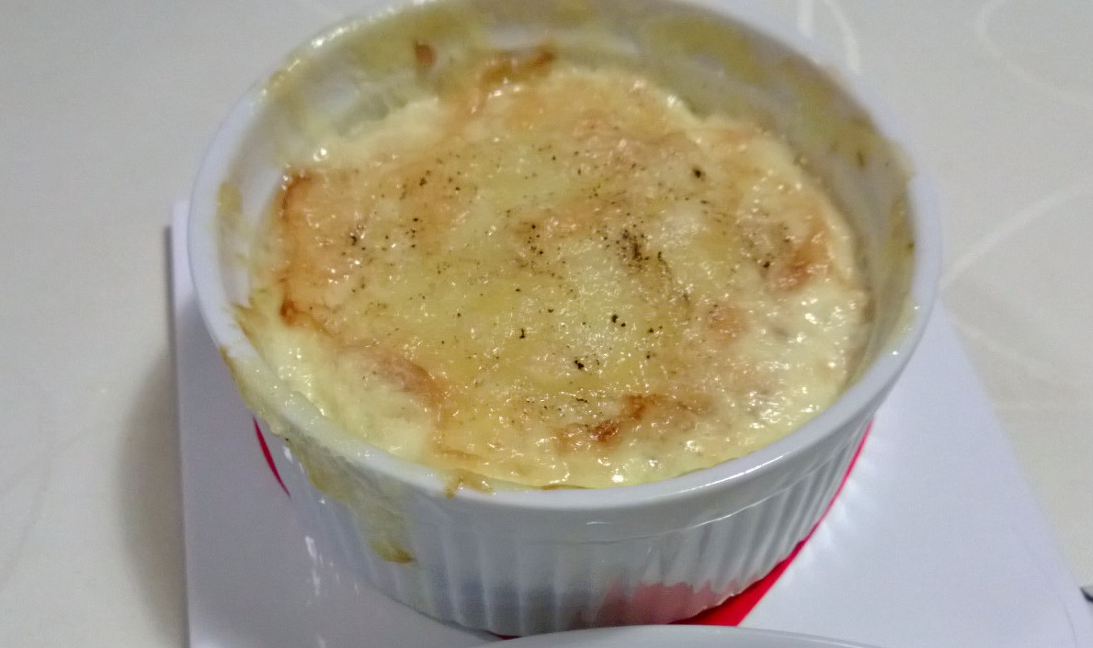
-
 2
2
-
-
cookalong, incredibly fine pommes puree there. Your arms must be pretty tired after pushing all that through a sieve

Thank you! It wasn't that bad actually, I made a pretty small batch for just two people
 I really need to get a proper drum sieve though, makes sieving soo much easier.
I really need to get a proper drum sieve though, makes sieving soo much easier. -
Beef, pommes pureé, wine sauce, chanterelles, pearl onions and asparagus
For dessert, mango-bavaroise flavoured with crushed black pepper, vanilla seeds and douglas fir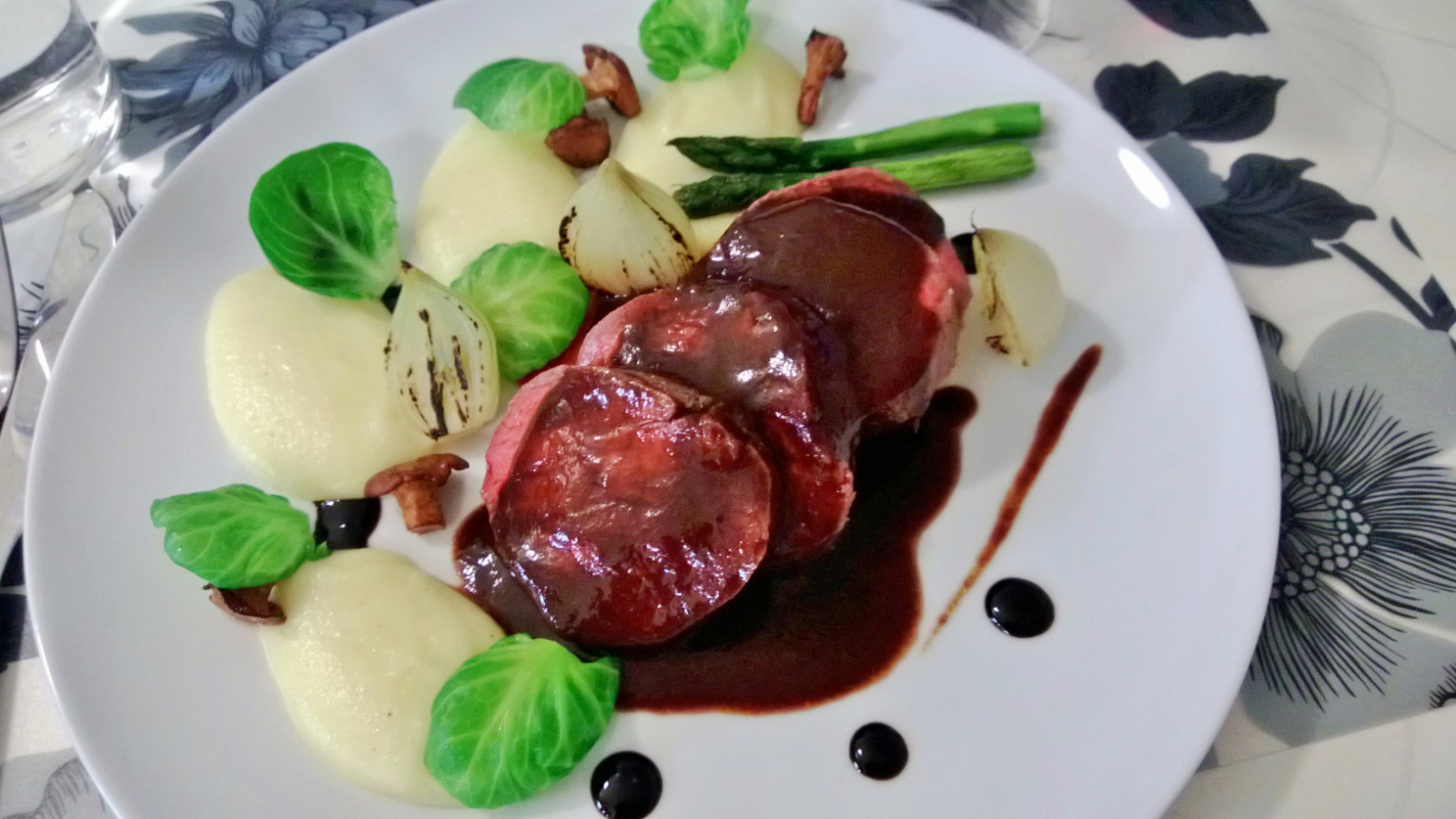
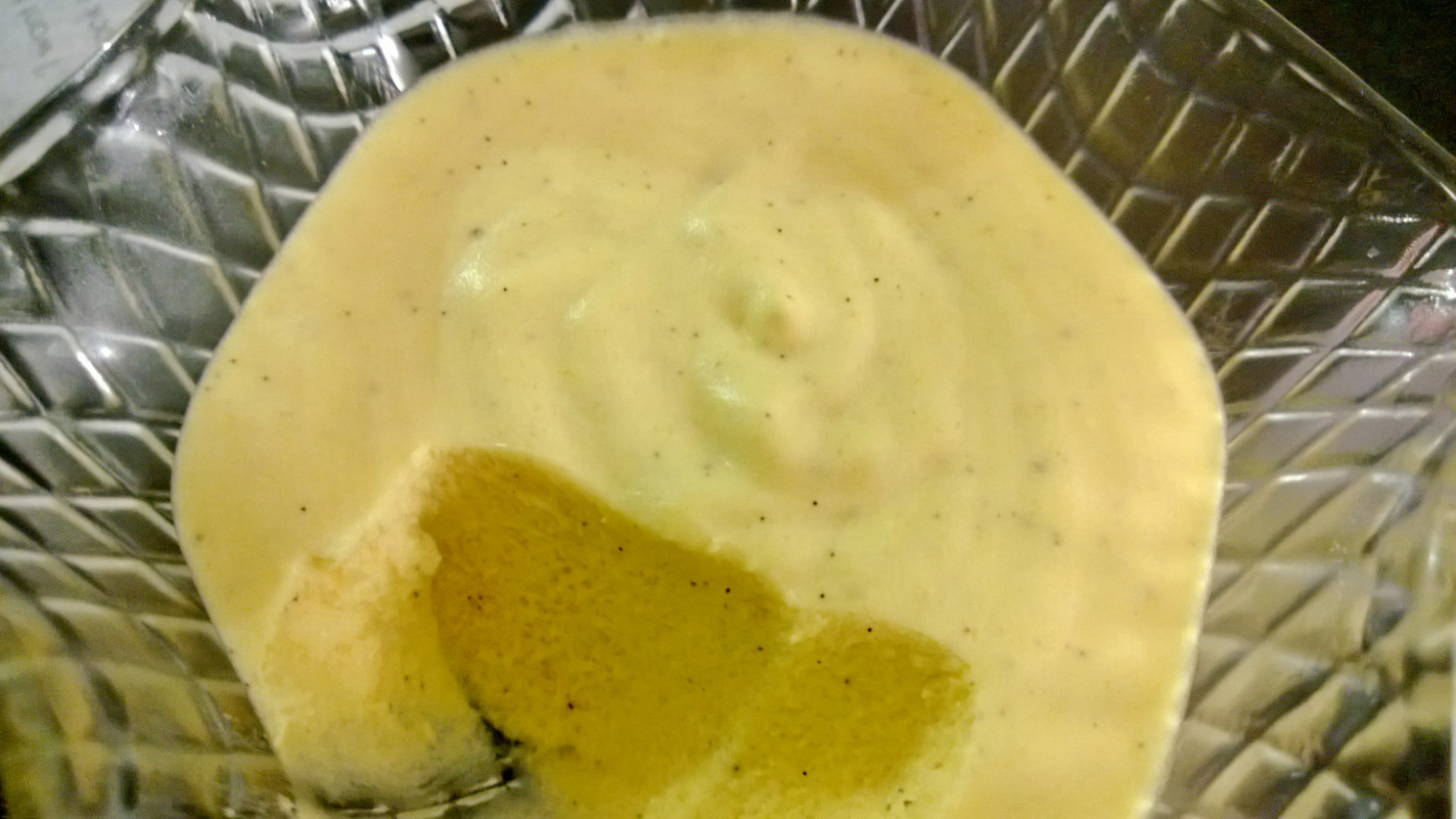
-
 1
1
-
-
Fillet of veal, wine-and-beef-sauce, roasted beets, pearl onions, brussel sprouts and "hasselbackspotato". The latter is a Swedish thing I think, where you score the potatoes really deep with a knife, and roast in the oven with butter and cheese. Usually made with whole potatoes, but I cut them in rectangles.

-
 2
2
-
-
No. In general you want to avoid applying heat to fruit, it will change the flavour (the manufacturers of commersial fruit pureés only heat it very rapdily to pasteurize). If you can get it soft and smooth without heating, go for that.
-
Thank you,
I made it in a small tin I found in a kitchenware store. First pre-poached apples in caramel/butter/apple juice, sliced them in 4 pieces, put the pieces in the tin on top of some butter and sugar. Finally added some rolled out puff pastry on top. -
Made some mini tarte tatins, which came out great. Served with a rocher of vanilla ice cream, but the kitchen was way too hot to play around with ice cream photography.

-
 2
2
-
-
Celebrating that I got through the first week at work after vacation
Seared foie gras with caramelized apples and red port
Beef fillet, chips, wine sauce, baked tomato with parmesan, asparagus
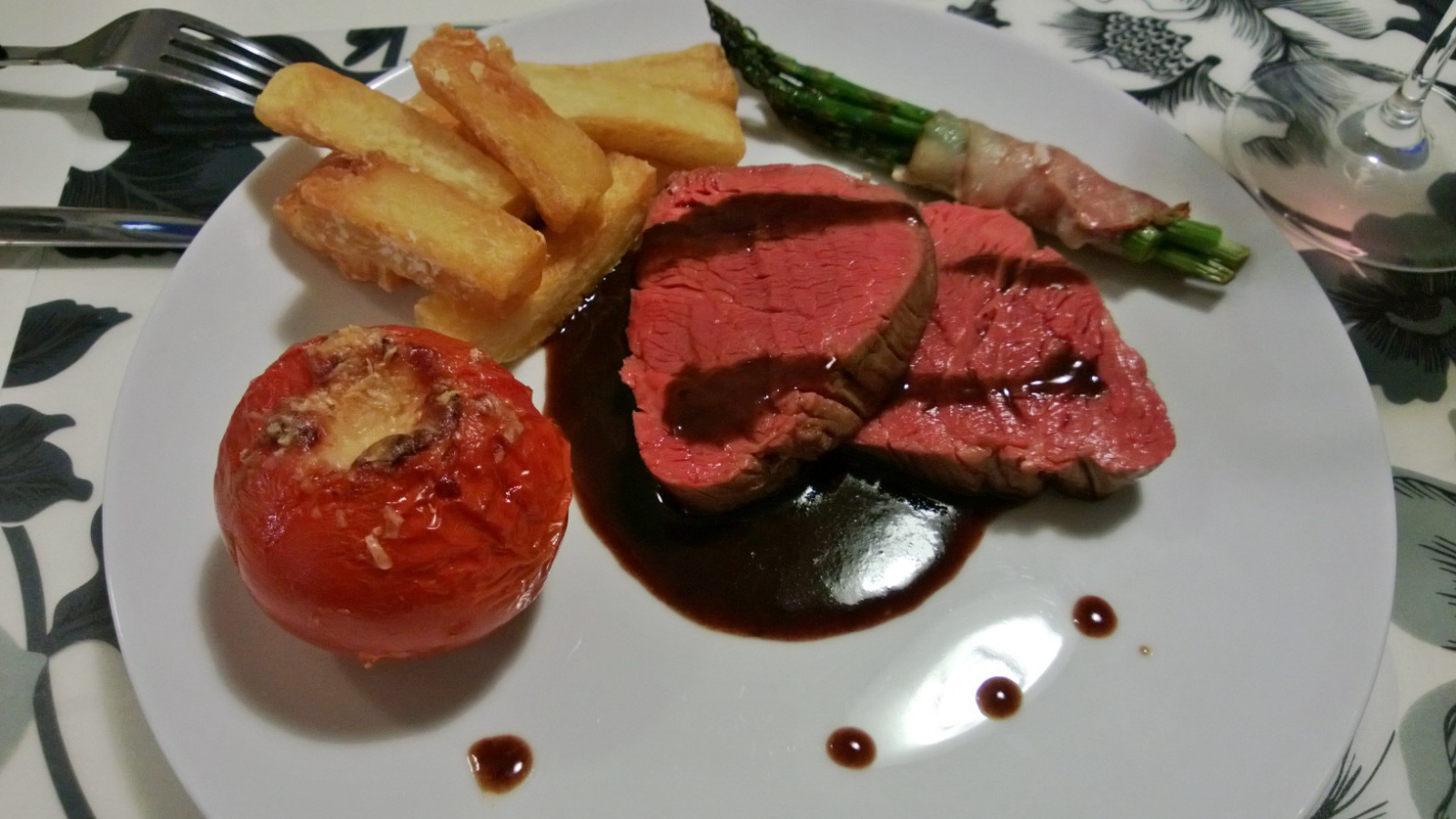
-
Heston Blumenthal's chilli with cornbread muffins

Earl Grey-pannacotta with passion fruit coulis and fresh passion fruit for dessert
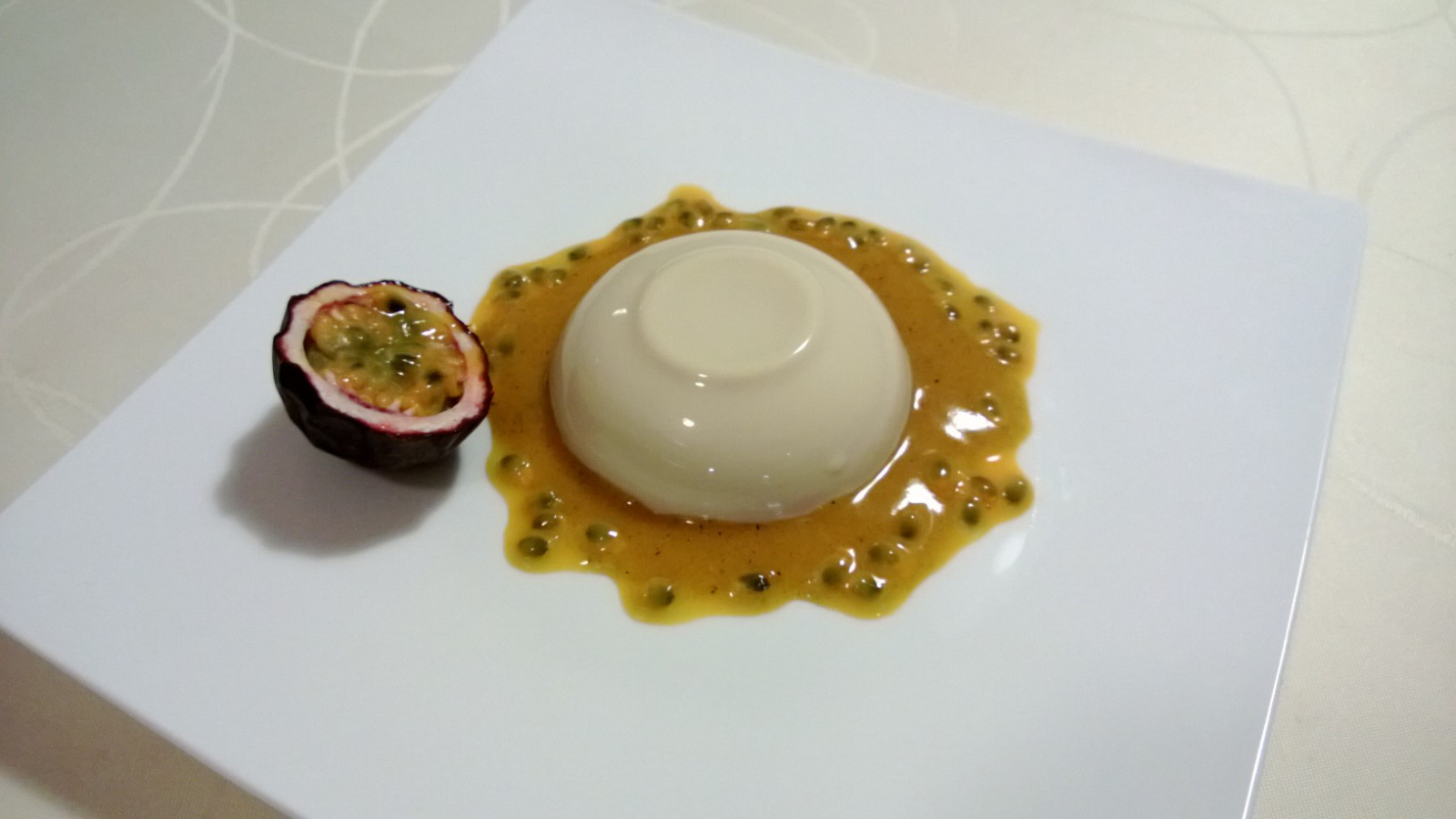
-
 1
1
-

Pasta ! Semola or 00 flour ?
in Cooking
Posted
I use about 100 grams of flour for each (large) egg. Of course all eggs differ in size, so sometimes you need a little bit less than 100 grams, and sometimes you need more. No extra egg yolks. I usually dont use oil or salt. I've tried it, but couldn't notice any difference in the final pasta. I usually use semola for tagliatelle and such (where the pasta is the main thing), and 00 for delicate stuff like raviolis.